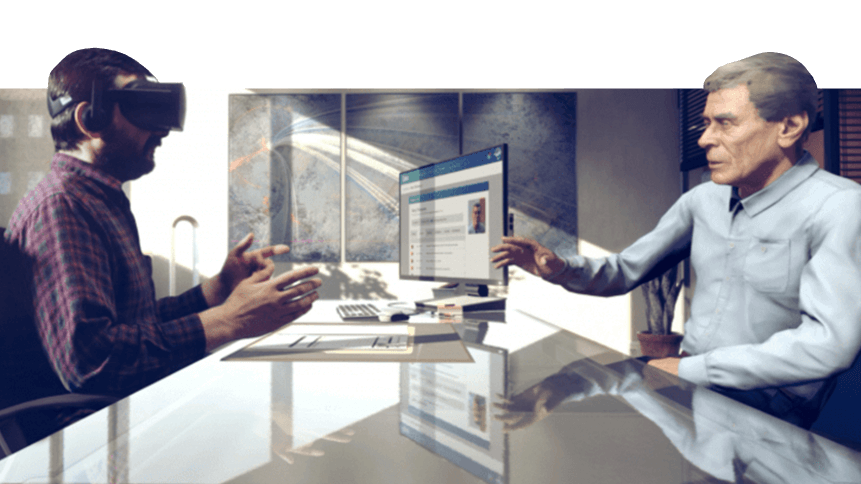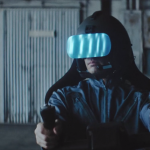VR is being used to train staff in ‘soft skills’

Thanks to its ability to immerse its users at a sensory level into simulated worlds, VR (virtual reality) often finds its greatest use in enterprise training.
While dramatic images of police officers practicing potentially hostile situations, or pilots training in controlled, grounded environments are what we might imagine first, you might not think VR could be could help prepare us for something as small and nuanced as a conversation with our employees.
Current methods of soft skills training such as roleplaying, workshops and coaching can work, but they often have high financial and logistical costs. Meanwhile, text-based, video or presentation-based courses don’t expose employees to the emotions or challenges associated with interpersonal situations.
Today, however, VR initiatives are emerging that will allow organizations to practice ‘soft skills’, or the fundamental attributes that allow people to interact effectively. These interpersonal skills are deemed such an important part of working life today, that they were rated as the main focus of talent development in LinkedIn’s Workplace Learning Report last year— beyond understanding the impact of technology.
VR can enable employees to practice difficult social situations with simulated employees or customers, practicing communication, negotiating and conflict resolution, without the real-life repercussions.
“The great thing about VR is its ability to make learning experiential. When you watch a module through the headset, your brain feels like you actually experienced a situation,” explained Senior Director of Walmart US Academies Andy Trainor.
At the end of last year saw the US retail giant purchased 17,000 Oculus Go VR headsets to help train 1 million of its staff across 5,000 stores in the US.
The idea behind the project was to train staff on the shop floor in elements of new technology, soft skills like empathy and customer service, and compliance, without the real-life risk of mistakes.
“We’ve also seen that VR training boosts confidence and retention while improving test scores 10 to 15 percent–even those associates who simply watched others experience the training saw the same retention boosts,” said Trainor.
Aimed at business and department managers, Talespin, a developer of XR enterprise solutions, has launched VR software featuring an AI (artificial intelligence) character called ‘Barry’, allowing trainees to interact and practice navigating complex realistic conversations.
The program uses Natural Language Processing (NLP) and narrative branching which simulates a conversation with realistic speech, body language and mannerisms creating emotional realism that’s often overlooked in similar products.
YOU MIGHT LIKE

Can VR help Walmart better train one million employees?
Demos of the product have included putting a user in the shoes of an HR manager tasked with terminating a fellow employee, with the scenario capturing the real stress and emotion typically associated with this situation and presenting trainees with common wrongful termination pitfalls such as demonstrating bias.
Its creators say the software provides real-time feedback so a trainee can gain virtual experience that feels “real enough to create emotional muscle memory” and get real-time guidance on how to improve empathy and effectiveness.
Business-owners can also tailor the content of the conversation to fit the context of their company.
Of course, while training with a robot is a counterintuitive way of learning human social skills— and it won’t always be the most effective— it can at least help to establish a template for commonplace but socially difficult conversations, without any of the long-lasting emotional or ethical fallout of a real-life situation.
“The great thing about VR is you can do something that’s rare in nature, and give people extra repetitions,” Jeremy Bailenson of Stanford’s Virtual Human Interactive Lab told Wired.
“I’ve had CEOs of Fortune 100 companies be in front of their entire c-suite in the room— and when they get into a VR conversation with an employee, it’s as though no one else is there.
“One CEO, a tear ran down his face and out of the headset because he had to fire someone,” he added.









